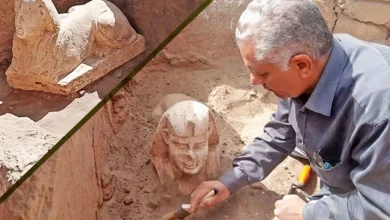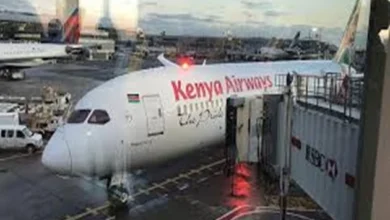Who are the Magyar: They live in Africa yet consider themselves Hungarians
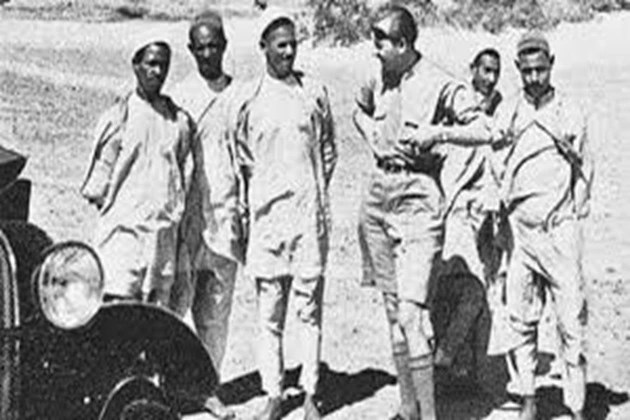
The dream of every ethnologist is to discover a completely new cultural group. Today, something is out of the realm of fiction. Nevertheless, the unique history of the Magyar people proved to everyone that this is a reality. The Magyar people have only been in the spotlight recently. They are a unique ethnic group with a complex and mysterious history. Living mainly along the Nile River in Egypt and Sudan, the Magyar people trace their roots back to Hungary. How was this unusual person formed, a real explosive mixture of mutually exclusive qualities?
Ancestral memory

The roots of this unusual culture go back to the distant past. During the Ottoman Empire’s conquests, part of present-day Hungary’s territory was conquered. Hungarian soldiers, including prisoners of war and those who voluntarily joined the Ottoman army, set out to conquer Egypt and Sudan. They eventually settled along the coast of the Nile River in what is now Sudan, near Nubia. The Hungarians liked the fertile lands, and they stayed there forever. They married Nubian women, and as a result, a completely new ethnic group was formed — the Magyarab.
The name “Magyarab” is a combination of the words “Magyar”, which means Hungarian, and “ab”, a local word for a tribe. On the one hand, this story looks somewhat fantastic, but on the other, there is nothing surprising in such a migration. Ottoman mercenaries and soldiers as part of their army quite often found themselves in various, most remote regions.
Nubia, where the Magyar community settled, is a historically rich region. It once served as a cultural bridge between ancient Egypt and Africa. Visit. A F R I N I K .C O M .For the full article. The fertile Nile River basin has been a center of trade and cultural exchange for centuries. This place was ideal for the Magyars — different languages, traditions, and beliefs mixed here, like in a cauldron.
New House
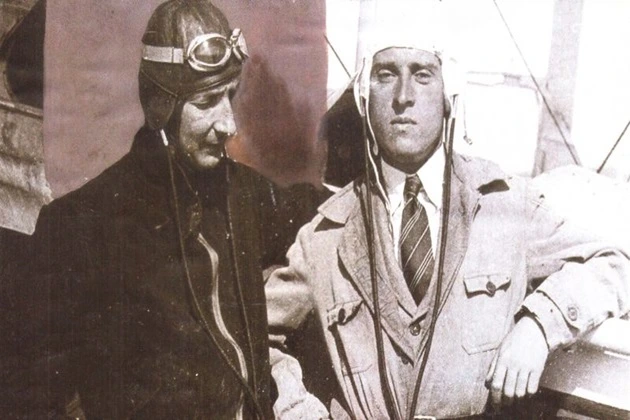
For most of their existence, the Magyar people and their origins were unknown to the world outside Nubia. It was only in the first half of the 20th century that Europeans discovered them. Hungarian researcher Laszlo Almasi came across the tribe. The scientist listened to and recorded the elders’ stories, who told the secret of their origin from Ibrahim el-Magyar, a general who arrived from Buda (modern Budapest) in 1517. The general married a local woman and had a son, Ali. Ali, in turn, had five sons, who became the ancestors of all today’s Magyars. Many of the words these people used were Hungarian.
The Magyar People, integrating into the local Nubian culture, retained some aspects of their Hungarian identity. They kept their history in oral traditions passed down from mouth to mouth for centuries. Over time, their traditions mixed with the local ones, and they fully integrated into Muslim society. Still, their identity as descendants of Hungarian soldiers remained a key part of their history.
Of course, over time, the Magyar community abandoned their native Hungarian language, adopting Arabic as their main language. This was natural because the region was predominantly Arabic-speaking. Today, the Magyar people speak Arabic, and the remnants of Hungarian are irretrievably lost. However, modern linguists have discovered several unique words in their speech that have no roots in Arabic. These are the remote remnants of Hungarian that have been preserved for generations.
In terms of religion, the Magyar people are mostly Muslims. Their conversion to Islam probably occurred at the beginning of their settlement in Nubia, as Islam has been the dominant religion in the region for centuries. The Magyar people have maintained their Islamic faith for generations. At the same time, despite their complete assimilation, the Magyar retained their Hungarian roots thanks to oral traditions and cultural memory. They believe in their uniqueness and know how they differ from all their neighbors.
Strangers among strangers
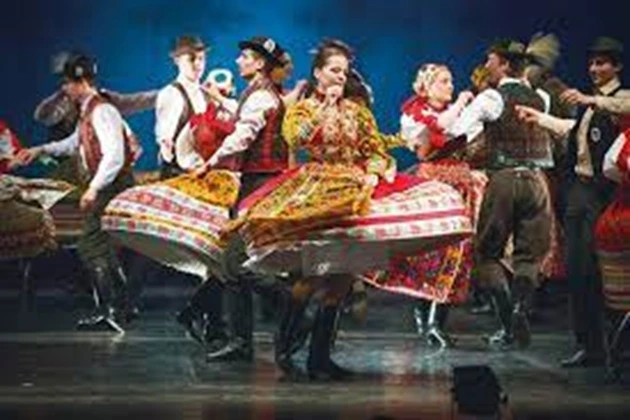
The Magyar People is a fascinating example of how ethnic identity can persist for centuries, even when a community fully integrates into a new cultural and social environment. The Magyars’ identity as descendants of Hungarians has been passed down from generation to generation, although most of them today have virtually no tangible connection with Hungary. Thanks to oral traditions, they have preserved their cultural memory.
Over the centuries, the Magyar people have absorbed local customs, culture, and traditions. They adopted them but continued to separate themselves from the surrounding people. The main reason that the Magyar people managed to preserve their ethnic identity was that they were a very close-knit community. Despite marrying Nubian and Arab women, they remembered where they came from.
What about today

Today, the Magyar people are also concerned about preserving their unique identity in a rapidly changing world. The construction of the Aswan Dam in the second half of the 20th century led to the displacement of many Nubian communities, including the Magyars. Huge areas were flooded, and entire villages were displaced. Many found themselves far from their homes. The Magyar scattered across Egypt and Sudan, some of them mixed with the local population.
Nevertheless, some continued to preserve their history. Recently, interest in the Magyar has grown in Egypt and abroad. Hungarian researchers and journalists are trying to reconnect this community with their native Hungary. Hungarian delegations come here, and the history of a unique people is being restored bit by bit.
The world has rediscovered the Magyar culture. Many historians are trying to find out more about her. The Magyar People, just like centuries ago, are proud of their Hungarian ancestry, although they know very little about their historical homeland. The Hungarian government is ready to do everything possible to ensure that the Magyar People are accepted worldwide as part of the Hungarian diaspora despite their centuries-old assimilation into the cultures of Egypt and Sudan.
The history of these unique people vividly demonstrates how difficult cultural assimilation can be and how strong the desire for identity and belonging can be. The Magyar People have no idea what Hungary really is, what language is spoken in this country, and they are not going to abandon it. This is what is called true love for one’s roots. They serve as a perfect example of how history, identity, and culture can survive through the centuries, in the face of any challenges and changes.



